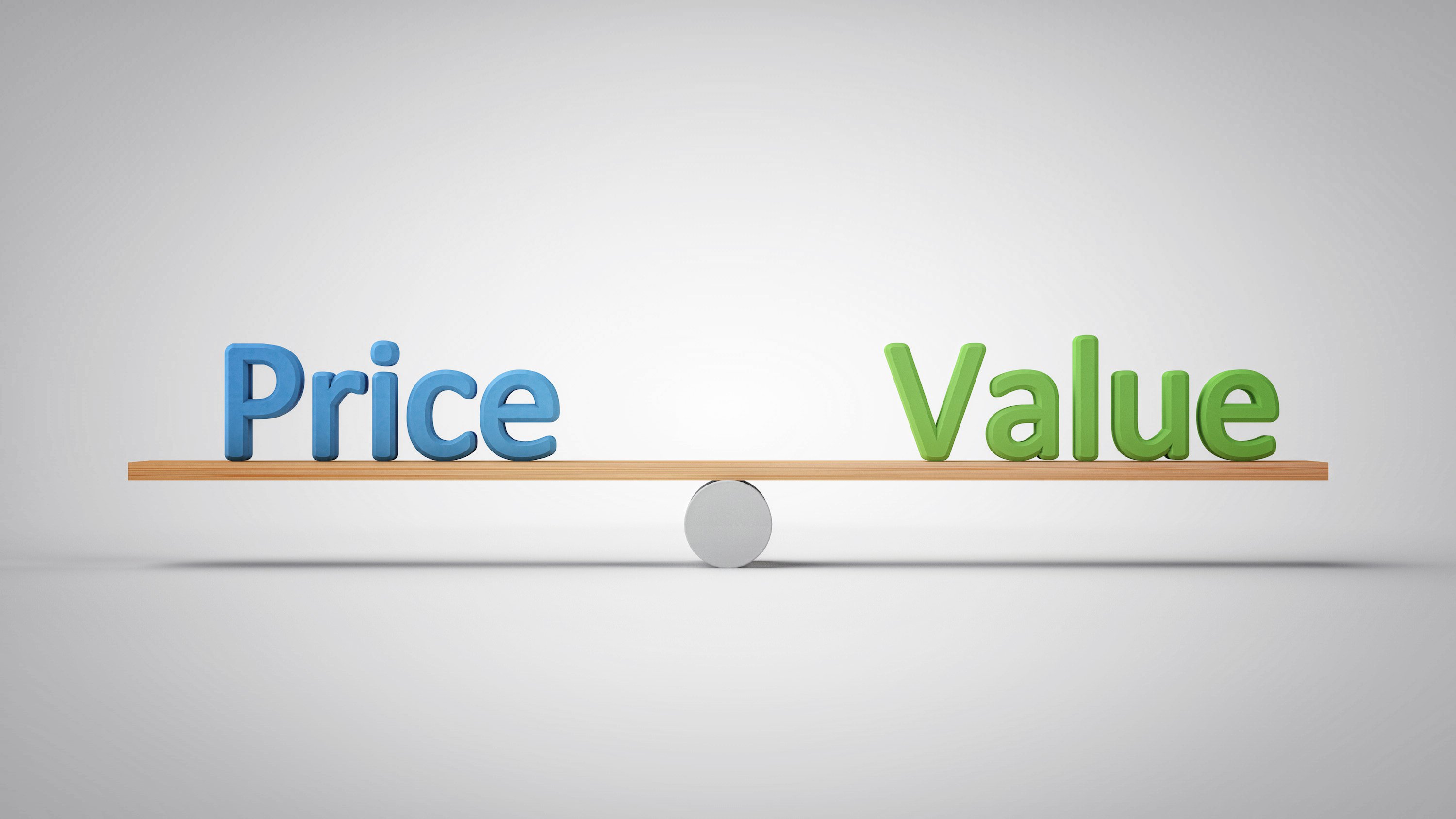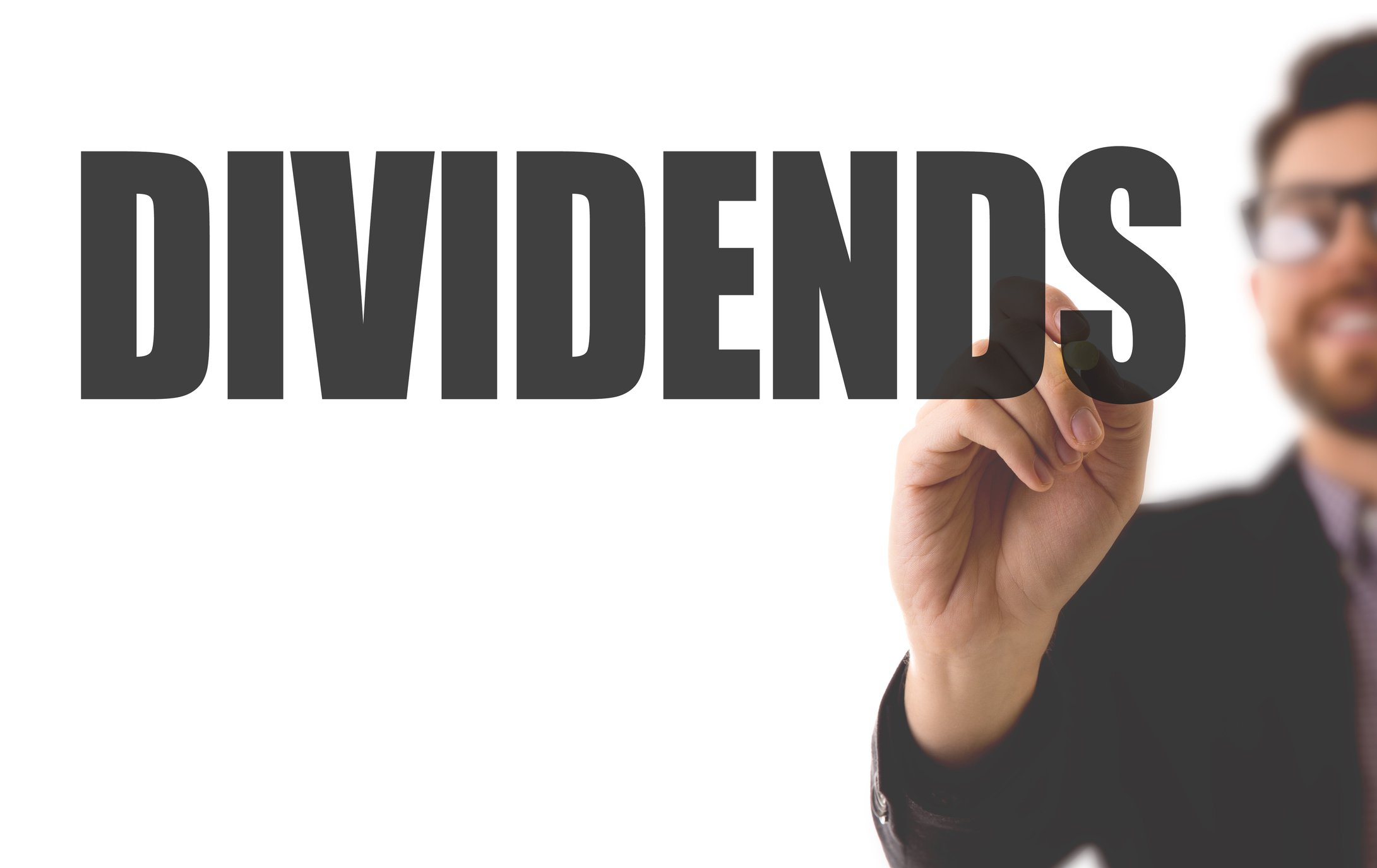There's a huge difference between accumulating wealth for retirement and living off of your nest egg once you have finally retired. One tried and true method of funding retirement is to invest in income-producing securities, so you can live off of the money your portfolio generates rather than simply spending down your hard-earned savings. Here are two high-yield options for doing just that.
1. An energy giant of sorts
With a market cap of $57 billion, midstream-focused Enterprise Products Partners (EPD +0.28%) hardly ranks among the world's largest energy companies. However, it is easily one of the largest pipeline, storage, and energy-processing facility owners in North America. The key here is that Enterprise does not drill for oil, so often-volatile energy prices aren't all that important to the limited partnership's top and bottom lines. Instead, it charges fees for the use of its assets. That means that demand for these vital fuels is the important factor -- and it appears that demand is likely to remain strong for many years to come. Fees make up around 85% of Enterprise's gross operating margin.

Image source: Getty Images
That's the solid foundation from which Enterprise pays its hefty 6.8% yield. That distribution, meanwhile, has been increased annually for over two decades, with increases averaging in the low-to-mid-single-digit space. So not only does it offer a large yield, but it has, over time, allowed unit holders to keep up with or beat inflation.
A key point differentiating Enterprise from its peers is its mixture of scale (it would be difficult if not impossible to replicate its portfolio of assets) and financial strength. That last point is incredibly important for a retiree seeking out investments that will allow them to sleep at night. To put some numbers on that, Enterprise's financial debt to EBITDA ratio is roughly 3 times, at the low end of its peer group, and it covers its interest expenses a solid 5 times over.
Looking to the future, meanwhile, the partnership has roughly $8 billion worth of capital projects in the works that will last through 2023. Not only are you getting a big yield backed by a fiscally conservative midstream player, but you are also getting a partnership with well-articulated plans to keep increasing its fee-based income stream over time.
2. Doing what its peers can't
The next opportunity might seem a bit controversial, but step back and look at the big picture before you decide here. Simon Property Group (SPG +0.37%) is one of the largest owners of malls and factory outlet centers in the world. Yes, malls are struggling to deal with the impact of internet shopping, sometimes dubbed the "retail apocalypse". It is very real, but isn't likely to be as bad as feared for Simon. The real estate investment trust (REIT) owns some of the best retail assets in the world, and it is likely to muddle through the changing retail environment in stride. Simon will have to work to keep its properties desirable, but that's always been the case. In fact, as lesser malls close up, Simon's properties will start to look even more attractive to tenants and consumers, who will end up with fewer places to shop.
One of the key differentiators here is that Simon has a rock-solid balance sheet. For example, financial debt to EBITDA is at the low end of its peer group. It covers its interest expenses 4 times over, while its closest peer manages only around 2 times. And its financial debt to equity ratio is a modest 0.55 times. At the end of 2019 it had roughly $7 billion in liquidity (cash and lines of credit) to spend on keeping its portfolio in industry-leading condition.
SPG Financial Debt to EBITDA (TTM) data by YCharts
That said, while most in the industry are pulling back, Simon is actually going on the offensive -- something it can do because of its industry-leading financial strength. Specifically, it is buying one of its peers, Taubman Centers (TCO +0.00%), for $3.6 billion. This is a bold move that will use up some of Simon's financial resources, but it is getting a collection of highly desirable assets, and even after paying for the purchase it should remain one of the most financially strong names in the sector.
Despite this sign of strength, however, investors are still throwing the baby out with the bathwater here. Simon has increased its dividend for 10 years running (including twice in 2019), and offers a yield of roughly 6%. The headlines are likely to be ugly for a little while longer, but if you can focus on the core of the businesses, Simon is a solid high-yield option today -- even for conservative investors.
Income generation
Enterprise and Simon both offer big yields today. Both are respected giants in the industries they serve. And both are fiscally conservative operators. These are the traits that retired investors should be looking for as they seek to live off of the income their portfolios generate. If you are looking to bankroll your retirement, it's time for a deep dive here.








